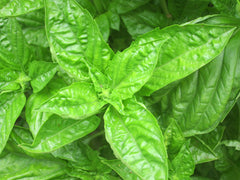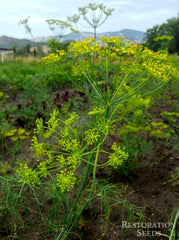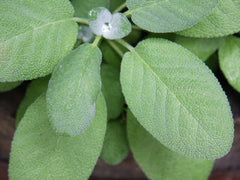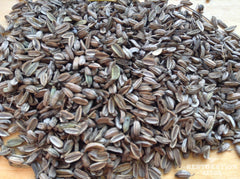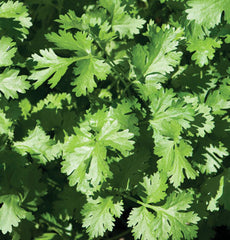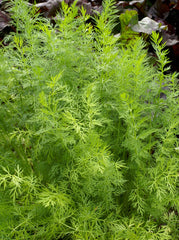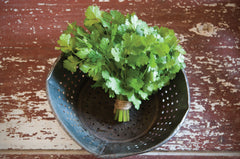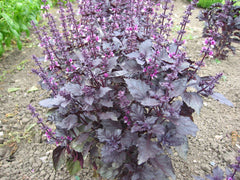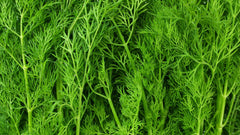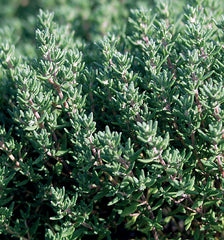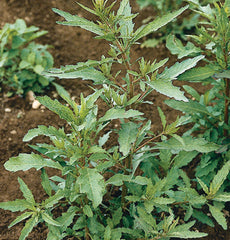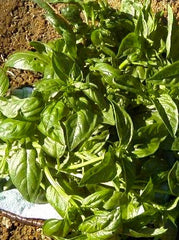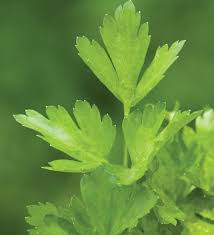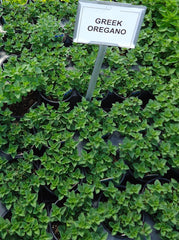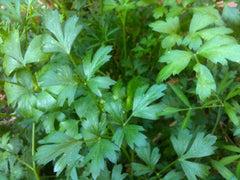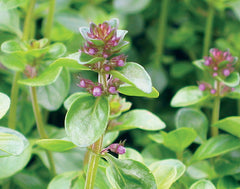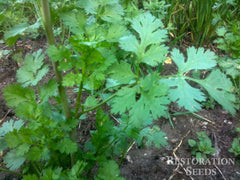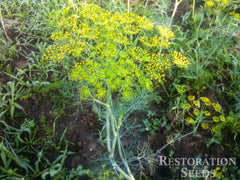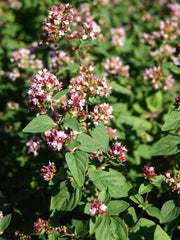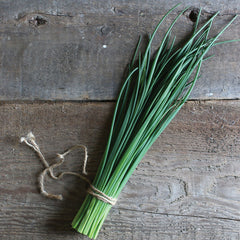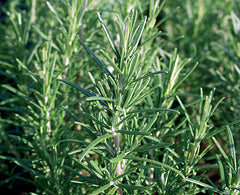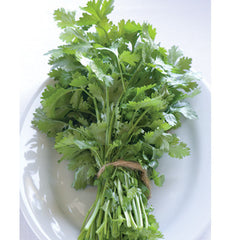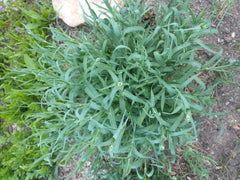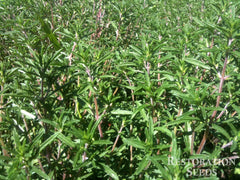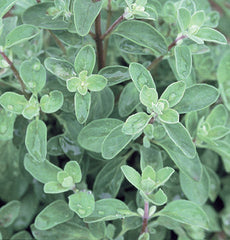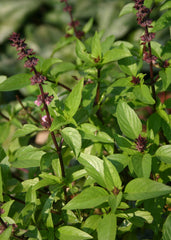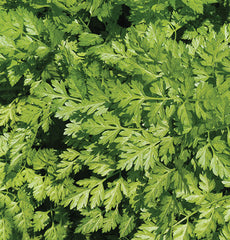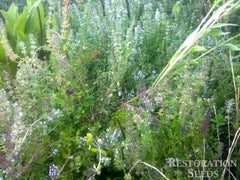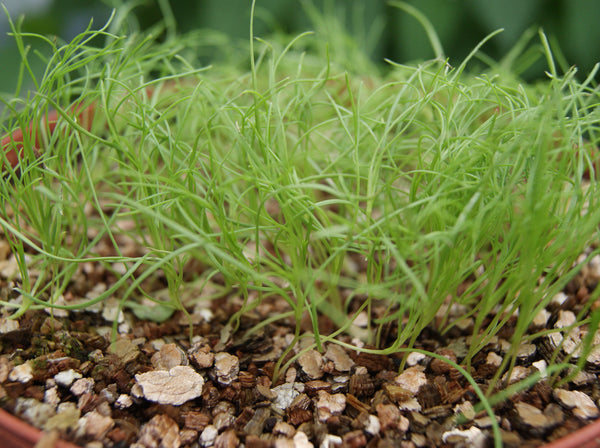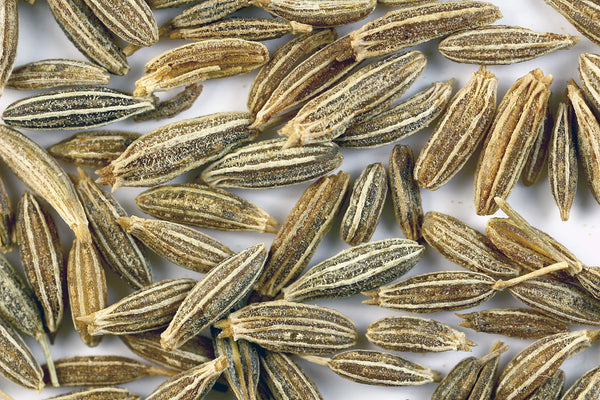Cumin
Cuminum cyminum
HOW TO GROW CUMIN
Start indoors 7-8 weeks before last frost in cold climates, transplant when soil temperatures above 60˚F. Plant out 6-8” plus. Direct sow in spring after last frost in zone 9. Does not tolerate weed competition. Do not over water. Bag seed heads to capture ripening seed or keep your eye on the plants. Drought tolerant, prefers hot dry weather such as the southwestern United States. Soil pH 4.6-7.5. Hardiness zones 5-10. Annual.
Days from maturity calculated from the date of seeding. Average 8,100 seeds per ounce.
Planting Depth 1/4-1/2”
Soil Temp. Germ. 70˚F
Days to Germ. 7-14
Plant Spacing 4-6”
Row Spacing 12-18”
Days To Maturity 100-115
Storage Refrigerate
Full Sun, Moist Well Drained
Days from maturity calculated from the date of seeding. Average 8,100 seeds per ounce.
Planting Depth 1/4-1/2”
Soil Temp. Germ. 70˚F
Days to Germ. 7-14
Plant Spacing 4-6”
Row Spacing 12-18”
Days To Maturity 100-115
Storage Refrigerate
Full Sun, Moist Well Drained
- 300 Seeds$4.10
- 3000 Seeds$24.60
Member of the parsley family, similar to dill, is an ingredient of curry powder. Flavor resembles caraway but is hotter and distinctive. Combines well with turmeric and coconut oil in stir fries. Used for its dried seed in Indian and Mexican cuisine. Cumin is an aromatic, astringent herb that benefits the digestive ...
Member of the parsley family, similar to dill, is an ingredient of curry powder. Flavor resembles caraway but is hotter and distinctive. Combines well with turmeric and coconut oil in stir fries. Used for its dried seed in Indian and Mexican cuisine. Cumin is an aromatic, astringent herb that benefits the digestive system and acts as a stimulant to the sexual organs. It has been used in the treatment of minor digestive complaints, chest conditions and coughs. Tags: Specialty: Drought Tolerant, Specialty: Heat Resistant.
Originated in ancient Syria and Egypt dating back to 2000 BC. Cumin seed was once widely used as a food flavoring in Europe, the Romans ground it into a powder and used it like pepper. Introduced to the Americas by Spanish and Portuguese colonists. The most popular types of cumin are black and green seeds. Delicious cumin recipes.
Originated in ancient Syria and Egypt dating back to 2000 BC. Cumin seed was once widely used as a food flavoring in Europe, the Romans ground it into a powder and used it like pepper. Introduced to the Americas by Spanish and Portuguese colonists. The most popular types of cumin are black and green seeds. Delicious cumin recipes.
Learn More
Reviews
